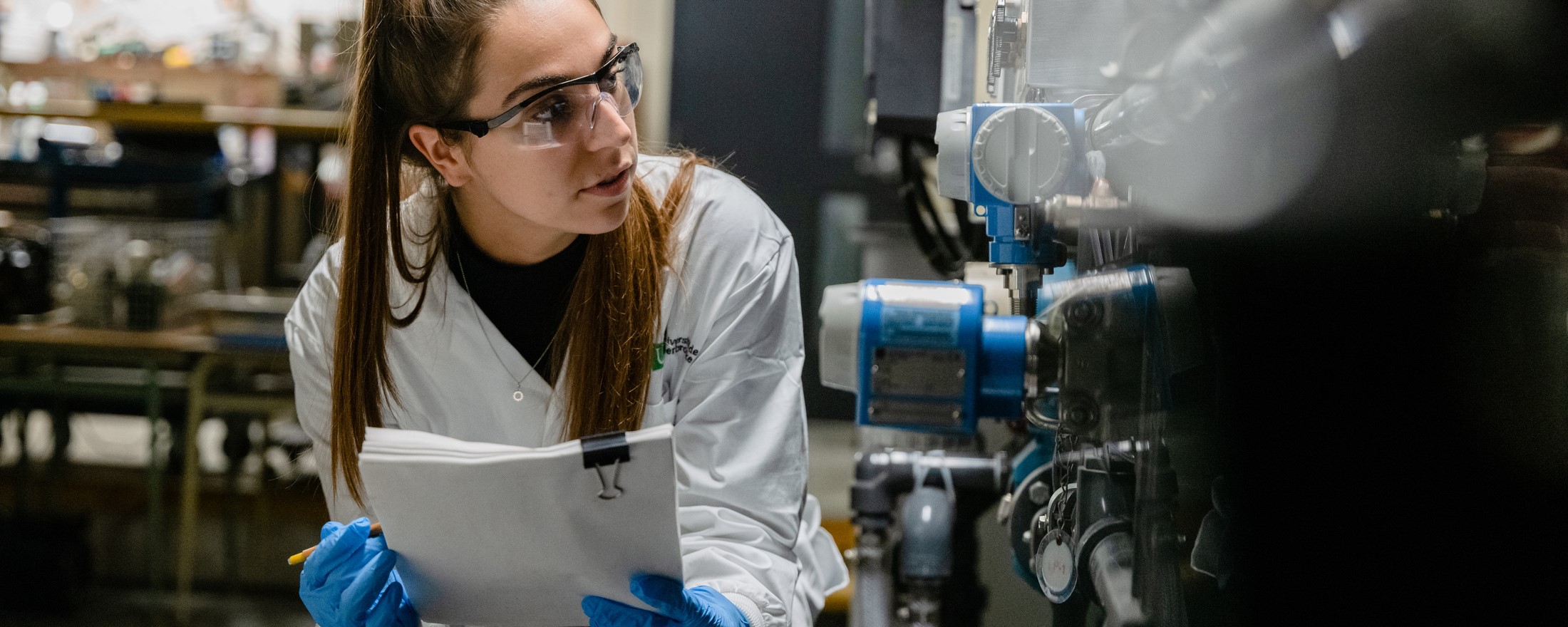Biological treatment of wastewater generated by the pulp and paper industry through the production of algal biomass
Overview
- RESEARCH DIRECTION
- Jean-Michel Lavoie, Professeur - Department of Chemical and Biotechnological Engineering
- ADMINISTRATIVE UNIT(S)
-
Faculté de génie
Département de génie chimique et de génie biotechnologique
- LEVEL(S)
-
2e cycle
3e cycle
Stage postdoctoral - LOCATION(S)
-
Université de Sherbrooke
P3
Project Description
The pulp and paper industry is a well-known producer of high quantities of wastewater, reaching up to 100 m3 of effluent per ton of produced paper, based on the employed process. Even if an important part of these effluents is recycled in the process, the use of chemicals such as whitening agents, significantly increase their toxicity. Thus, the pulp and paper industry has to treat locally the generated wastewater prior to its discharge, in order to avoid environmental contamination. The liquid waste effluents are manly characterized by high concentrations of organic and inorganic compounds generated by the decomposition of wood (tannins, resins, lignin, etc.) and chemical used during the process (lye, chlorinated substances, etc.). The specific nature and concentration of these pollutants varies based on the type of produced paper and plant technology. Microalgae are able to accumulate a diverse spectrum of organic and inorganic components from their environment. This process, known as phytoremediation, is largely employed to treat municipal and industrial waste-effluents, with a total carbon removal efficiency of above 85%. Moreover, this process can fix CO2 through the microalgal photosynthetic mechanisms, contributing thus to the current greenhouse-gas sequestration efforts. Unlike the sludge currently generated by the traditional wastewater treatment technologies, the microalgal biomass has a significant potential for exploitation and thus additional revenues. For instance, the main microalgal products such as the fatty acids, sugars, proteins and pigments, could be extracted and provide the base for biodiesel production (around 0.5$/kg), platform chemicals and specialty molecules (between 0.5-10 $/Kg) or personal-care products, flavors, pigments and other nutraceuticals (each valued at above 50 $/kg).
Discipline(s) by sector
Sciences naturelles et génie
Génie chimique
Funding offered
Yes
Partner(s)
Kruger Brompton Inc.
Lien complémentaire
The last update was on 13 March 2024. The University reserves the right to modify its projects without notice.
